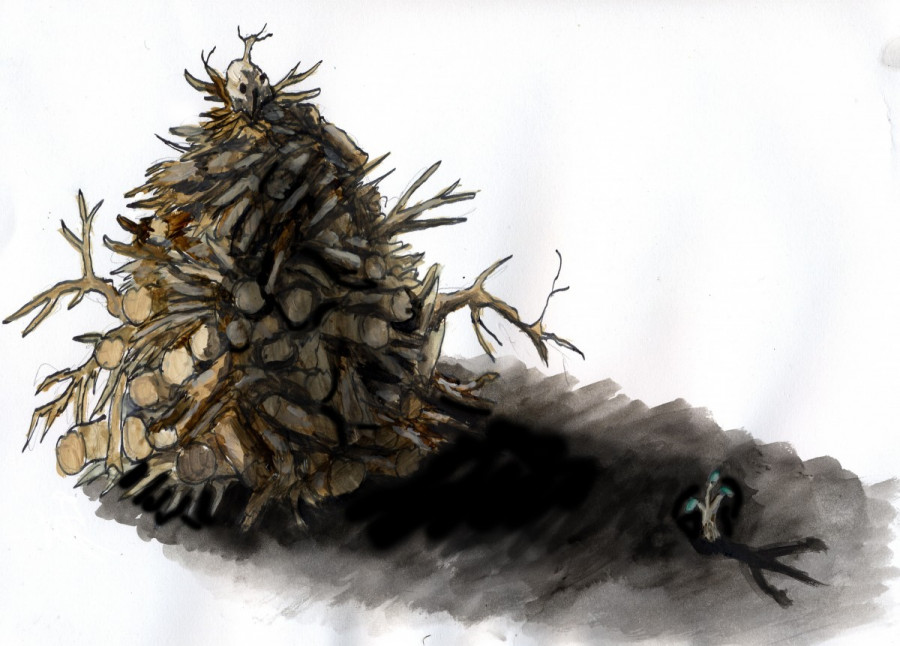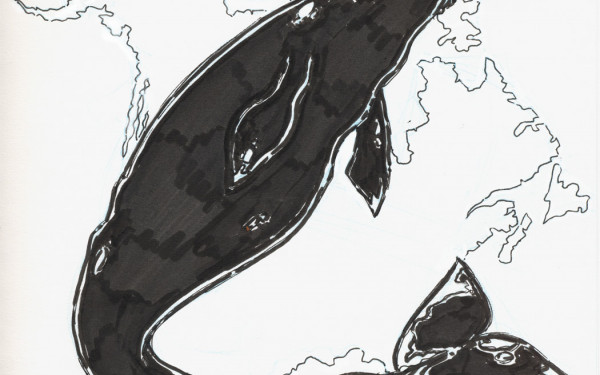Reforestation: The Myth of Sustainability
Whether you believe in global warming or not, or the role of trees in keeping the world’s temperature in check, few will speak out against reforestation.
Humans use up a lot of wood, and even the most vehement anti-climate change conservatives will have trouble preferring ghostly, stump-ridden empty fields to the rich, healthy forests that used to cover the continent.
As a result, reforestation—like recycling—is one of those green practices that enjoys a comparatively widespread acceptance in North American culture. Unfortunately, it’s not exactly deserved.
Many people assume, or maybe just want to believe, that after an area of forest is clear-cut, a crew of tree-planters goes in and replants all of the trees. After a few decades, the trees will be well on their way to adulthood and life in the forest will return to normal. By this definition, it’s a sustainable practice. But that’s not exactly how it works.
The Clear Cut Is the Deepest
The Pacific Temperate Rainforest is close to 300,000 sq. kilometres, stretching from Alaska to Northern California. According to the World Wildlife Fund, it is the largest temperate rainforest on the planet and home to the biggest and oldest trees in the world—which can reach past 100 metres in the air and live for 2,000 years.
Due to clear-cut logging that started around the time of World War II, the forest is now about half that size. Except for in certain preserved locations like Cathedral Grove on Vancouver Island, the old growth of ancient giants is now almost non-existent.
The logging industry in British Columbia pre-dates the clear-cutting practices, having begun during the 1800s. Back then, the technology was so crude that it could take a team of four or five men with axes and hand-saws weeks to fell a single old growth tree.
That kind of struggle is a thing of the past though, as deforestation technology has been steadily improving over the last century. Now, whole mountainsides worth of trees can now be obliterated in the time it once took to cut down a single tree.
As is the case with any operation designed to transform masses of natural resources into products for human consumption, the process whittles down the wood taken from the forest to a fraction of its original mass. Many of the trees that get logged aren’t big enough or straight enough to be milled into usable construction material—they were just in the way of the good stuff. Those trees get hauled into what are known as slash piles, a pile of forest detritus that is usually burned.
RE:Forestation
Typically, two or three years after an area has been logged and some of the ground vegetation is starting to grow back, crews of tree planters—mostly young men and women, often students—are brought in on trucks, all-terrain vehicles—and sometimes helicopters, in cases where road access to the cut blocks doesn’t exist.
For the price of about 10 cents a tree, they begin the laborious process of replanting a forest.
A decent tree planter can, depending on the terrain, plant between 1,500 and 2,500 trees in one day. Despite those numbers, only about one fifth of the trees planted have a chance of making it to maturity. They will grow in clusters, with one tree taking dominance while the rest act to shelter it from the elements.
A few years after an area has been planted, loggers will come back in and fell the subordinate trees so that the dominant one will have a better chance of survival. Then, the replanted forest will be left alone for close to a century while the trees try to attain the height of their ancestors.
In his book The Golden Spruce, John Vaillant notes that it would take about 250 years to actually re-grow a forest. It’s not just the trees; a forest is also comprised of the delicate ecosystem that flourishes all around them: the mosses, lichens and fungi that grow up their trunks and hang off their branches, the plethora of vegetation that thrives on the forest floor and, of course, the wild fauna that call the forest home.
Most of them will never make it that far. Recently, the very first reforested areas have begun to be harvested—they are, after all, no more than tree farms. At 100 years old, these trees would have been scoffed at by the earliest loggers as not even big enough to consider for firewood. They would have gone almost unnoticed.


_600_832_s.png)

_600_375_90_s_c1.jpg)
_600_375_90_s_c1.jpg)
_600_375_90_s_c1.jpg)
